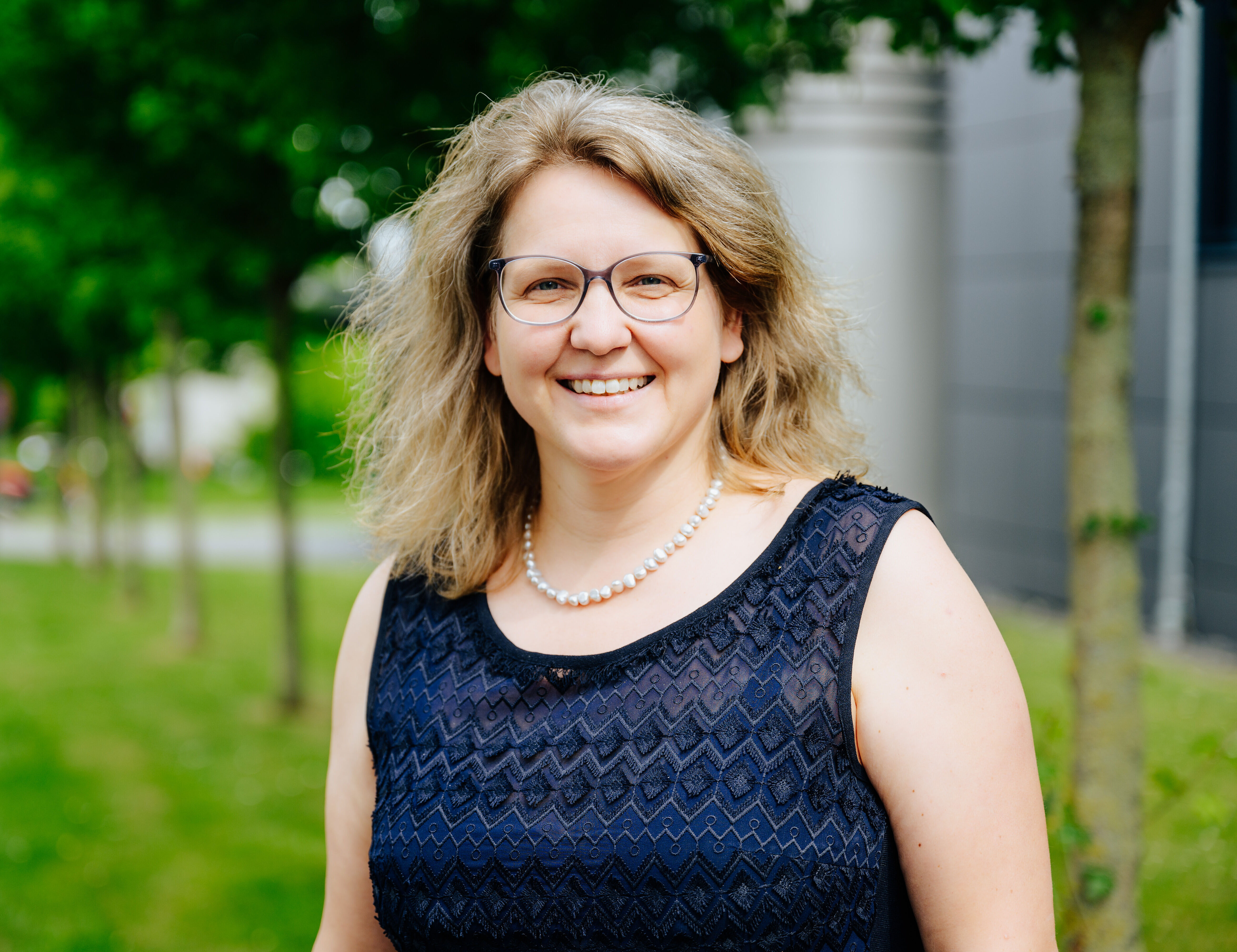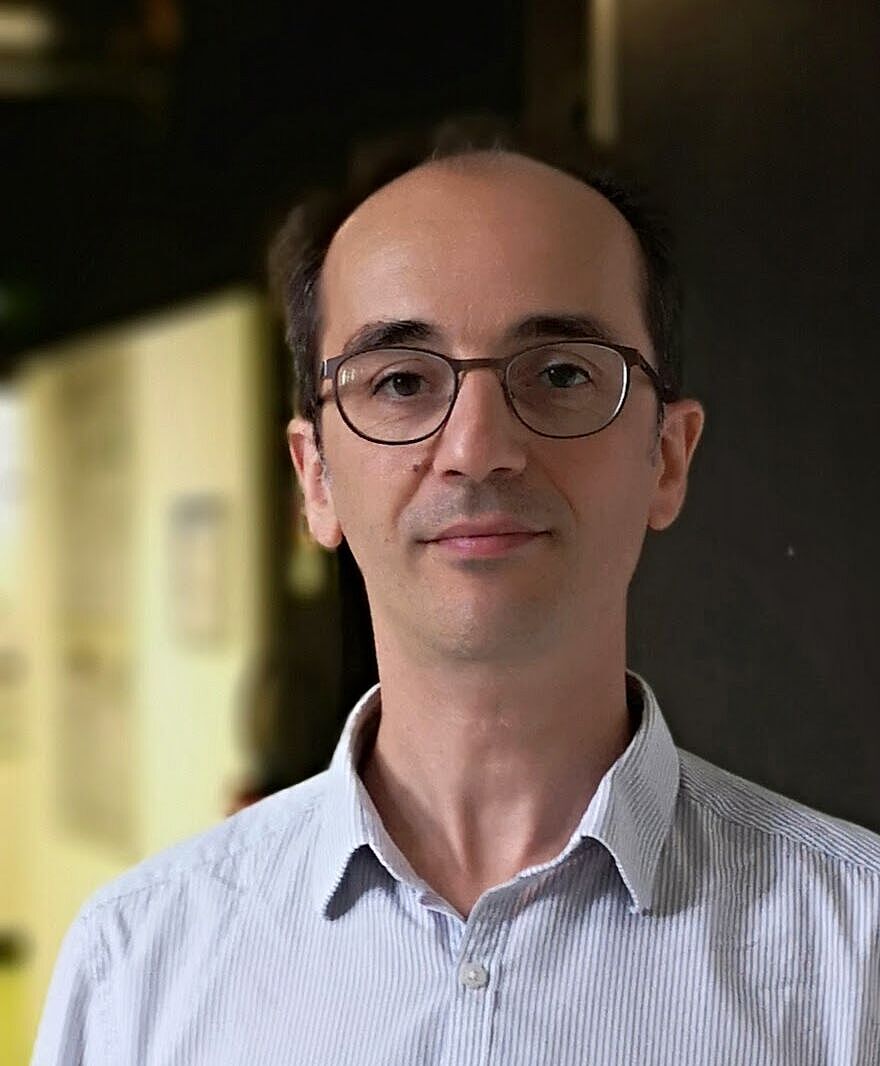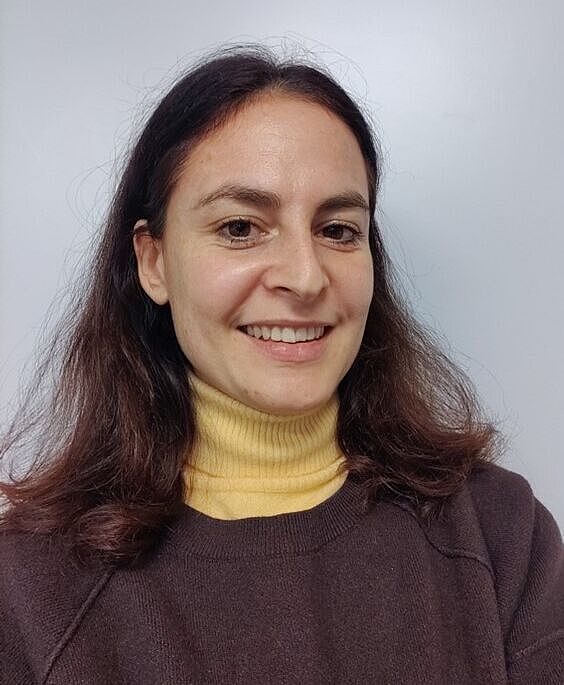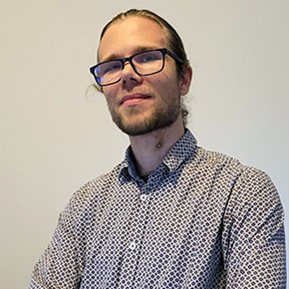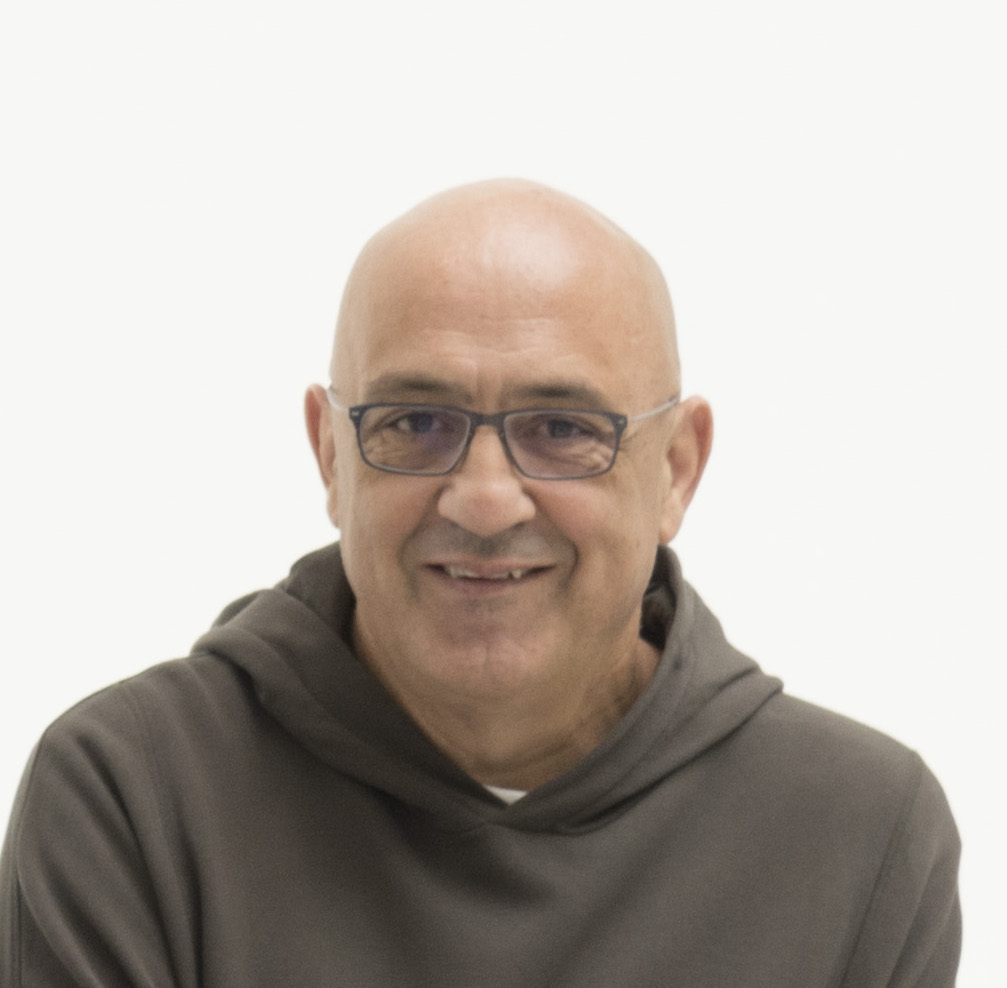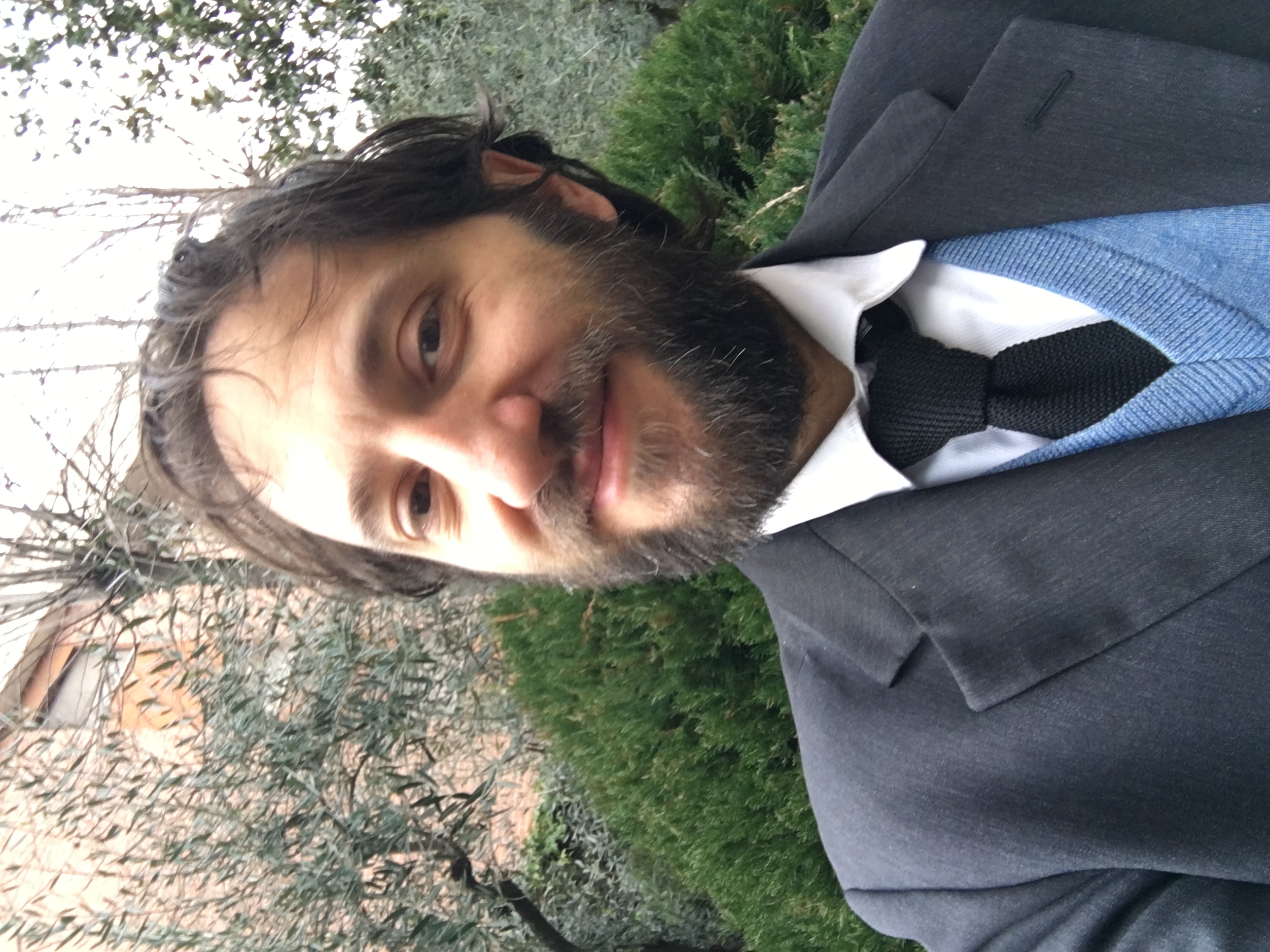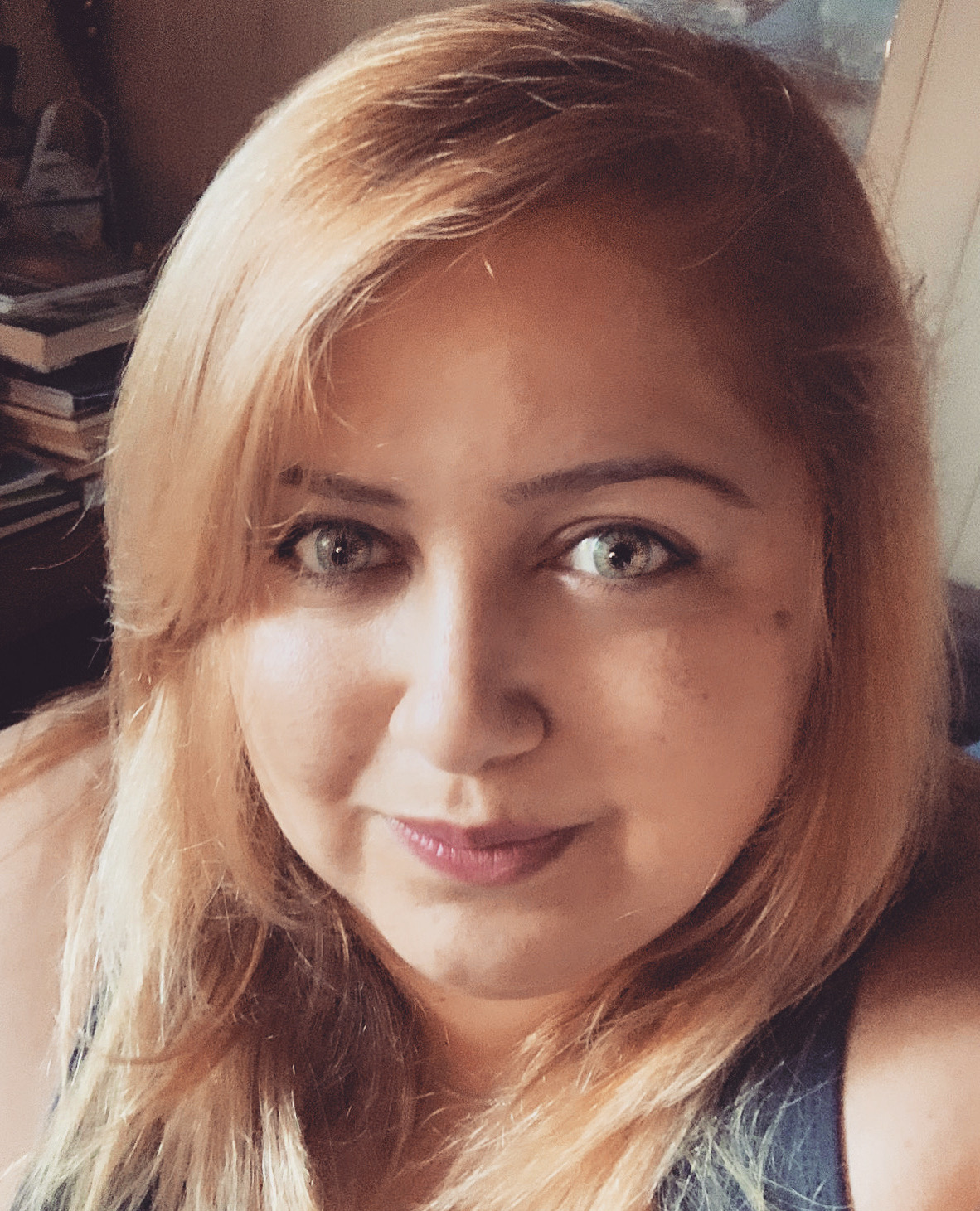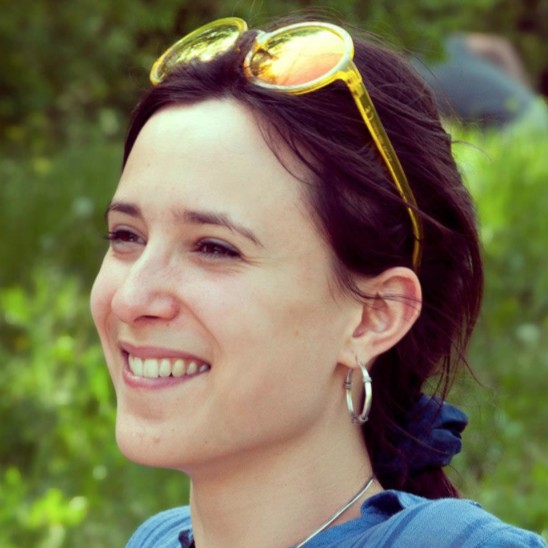Christine Silberhorn
Christine Silberhorn is a German physicist specializing in quantum photonics. She is currently spokesperson of the Institute for Photonic Quantum Systems (PhoQS) and Chair for Integrated Quantum Optics at Paderborn University.
She and her group develop novel concepts, devices, and applications based on integrated quantum optics and build optical systems that lay the foundation for future quantum computers, in quantum communication, and quantum metrology.
Her research includes the fabrication of integrated optical waveguides, the construction of practical systems as well as the realization of complex experiments in quantum optics laboratories.
Benjamin Brecht
Benjamin Brecht is a physicist working on quantum optics with pulsed light. He is leading the Quantum Networks group at Paderborn University and is the manager of the Institute for Photonic Quantum Systems (PhoQS).
The research of the Quantum Networks group revolves around the tailored generation, manipulation and detection of pulsed quantum light using integrated optics devices. One notable example is the quantum pulse gate, which facilitates projective measurements on arbitrary time-frequency superpositions and has been used to demonstrate multiparameter time-frequency measurements at the ultimate quantum limit.
Nicolas Treps
Born 25 April 1974 in Bayonne, France. Full professor at Sorbonne Université, LKB. Co-director of the Quantum Information Center Sorbonne. Head of the undergraduate physics department. 2015 – 2020: Member of the Institut Universitaire de France.2001 – 2002: Post Doctoral position at Australian National University (H. Bachor, P.K. Lam)2002 – 2011 Maître de Conférence at Sorbonne Université-. N. Treps developed modal analysis of multimode quantum light, which led to pioneering experiments on quantum sensing and multimode quantum information. His research is now focused on quantum metrology and quantum information with optical frequency combs. He develops novel approaches to measurement-based quantum computing and parameter estimation, also applied to classical optics, such as ultrafast laser dynamics and spatial multiplexing. He co-founded CAILabs (ww.cailabs.com). Fellowship and awards: 2007 Best article of the EOS; 2010 Fabry – de Gramont prize; 2011 Arnulf Françon prize; 2013 Jean Jerphagnon Prize ; 2010 ERC starting grant
Valentina Parigi
Valentina Parigi is Associate Professor at Laboratoire Kastler Brossel in Sorbonne Université, Paris. She is currently working to the implementation of complex quantum networks in a multi-mode continuous-variables setting as the principal investigator of a project supported by ERC Consolidator Grant. Her interests range from the foundations of quantum mechanics to the experimental implementation of basic tools for quantum information technologies. She has explored quantum states generation and manipulation via optical non-linear materials, cold Rydberg ensembles and atomic quantum memories.
Mattia Walschaers
Mattia Walschaers is a CNRS research scientist at the Laboratoire Kastler Brossel in Paris. His research centers around the theory of non-Gaussian states of light and in particular non-Gaussian types of entanglement. In Stormytune he is applying these theoretical tools to design realistic methods for superresolution parameter estimation. At the same time, he also uses techniques from quantum metrology to investigate quantum entanglement. Beyond quantum metrology, his main interest lies in understating the physical aspects of continuous-variable quantum computing.
Luis L. Sánchez-Soto
Luis L. Sánchez-Soto received his MSc in Theoretical Physics (1984) and a PhD in Physics (1988) from the Complutense University of Madrid.
He has held positions as visiting researcher at numerous places, including Boston, Poznan, Paris, Ottawa, and Olomouc.
He has been a full professor of Quantum Optics in Madrid since 2002, where he is the Director of the Quantum Optics group.
In 2009, he also joined the Max Planck Institute for the Science of Light, in Erlangen, where he led the theoretical group in the Division of Optics and Information, headed by Gerd Leuchs.
His main research interests are quantum optics, quantum metrology, and quantum information.
Zdenek Hradil
Prof. Zdenek Hradil (1960) graduated in mathematical physics from the Charles University, Prague at 1983. He finished PhD in quantum optics at Palacky University in 1991 (supervisor prof. J. Peřina). He was the Head of the Department of Optics, Palacky University, Olomouc in 2000-2015. He lectures the topics ranging from wave optics and quantum mechanics up to quantum field theory. He is a theorist with extensive experience in both classical and quantum optics and additional research expertise in the fields of theoretical quantum optics, nonlinear optics, cavity quantum electrodynamics, polariton interactions, quantum detection and estimation, quantum tomography, quantum interferometry, quantum phase, and fundamental aspects of quantum theory. Together with collaborators he proposed, developed and applied MaxLik tomography and super-resolution protocols inspired by quantum information processing reaching the precision at the level of quantum Fisher information.
Marco Barbieri
Marco Barbieri is professor at the Department of Science, Roma Tre University. He coordinates the NEQO group working on quantum metrology, communication, and simulation. His expertise is in experimental quantum optics for quantum technologies and fundamental science. He received his PhD from Sapienza University in 2006, then moved to the University of Queensland (2006-2008), the Institut d’Optique (2008-2011), and the University of Oxford (2011-2014). He eventually joined Roma Tre in 2014.
Marco’s role in STORMYTUNE is to supervise the activities of the Roma Tre node with the goal of applying quantum methods to spectroscopy and the reconstruction of ultrafast processes.
Ilaria Gianani
Ilaria Gianani is a fixed-term assistant professor in the NEQO group at the Department of Science, Roma Tre University. She graduated from Sapienza University in 2011 and then received her D.Phil. in Atomic and Laser physics from the University of Oxford in 2018. In 2016 she moved to Rome where she has been a postdoc both at University of Roma Tre (2016-2019) and at Sapienza University (2019-2020). Her current main interests are quantum metrology and time-frequency correlations in SPDC sources.
Costanza Toninelli
After a master thesis in atomic physics including one year at the Ecole Normal Superièure in Paris, and a PhD in nanophotonics and complex systems in Florence, she was a postdoc fellow at ETH in Zuerich, studying single molecule spectroscopy. After receiving the Caroline von Humboldt prize in 2011, Costanza became Researcher at INO-CNR and group leader at LENS.
In 2023 Costanza is awarded the ERC consolidator grant for the project QUINTESSEnCE. Her interest focuses on the development of quantum technologies based on the coupling between single-molecule based quantum emitters to nanostructured materials, yielding on-chip single photon sources as well as quantum sensors. She also likes to play with light transport in complex systems and fluorescence-based sensors.
Maja Colautti
Maja Colautti is a researcher at the National Institute of Optics in Florence, Italy. She received her master degree in Experimental Physics and Quantum Optics in 2016 at the University of Padua and her Ph.D. degree in Atomic and Molecular Photonics at the European-Laboratory for Non-Linear Spectroscopy, in 2020. Her research interests are in the field quantum nanophotonics, and include the development and optimization of deterministic single-photon sources for photonic quantum technology applications spanning from quantum metrology to quantum sensing and quantum communication, the design of quantum optics experiments, as well as nanofabrication and integration techniques for the development of hybrid photonic platforms.

